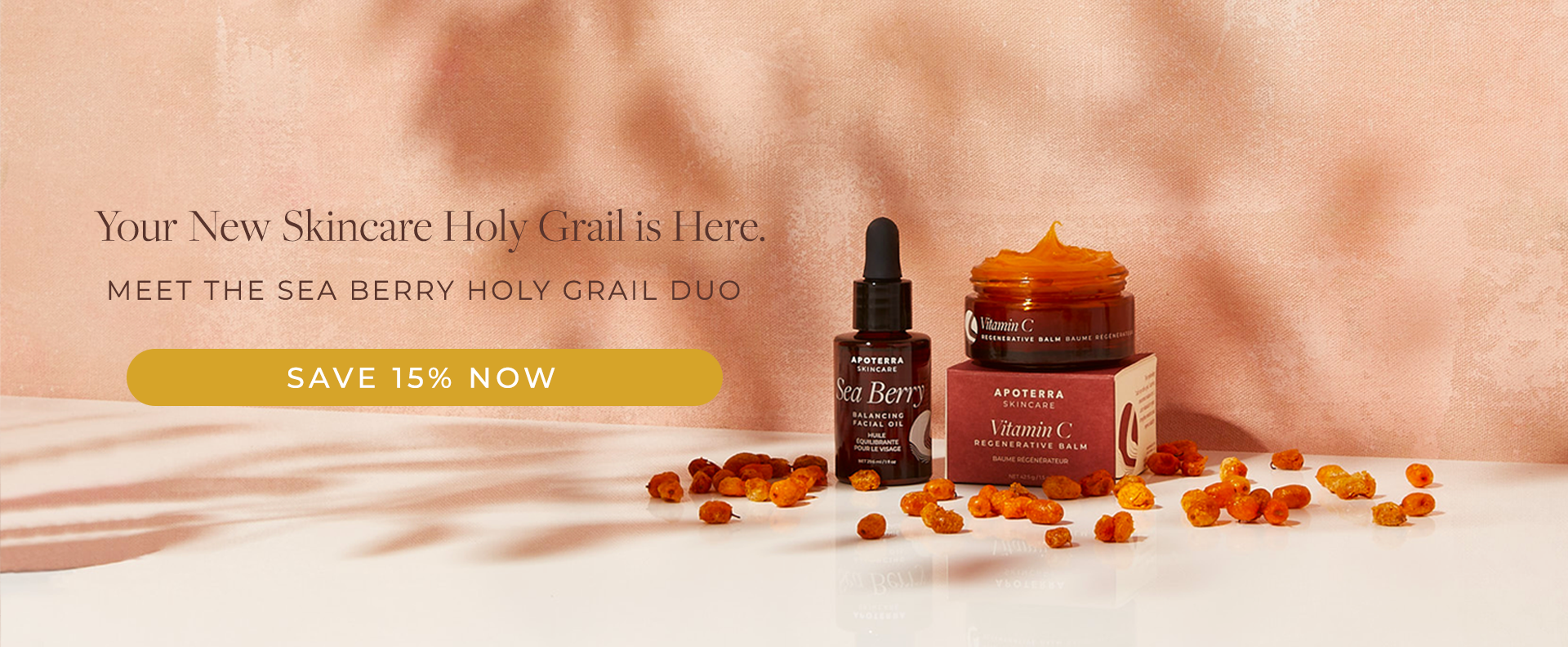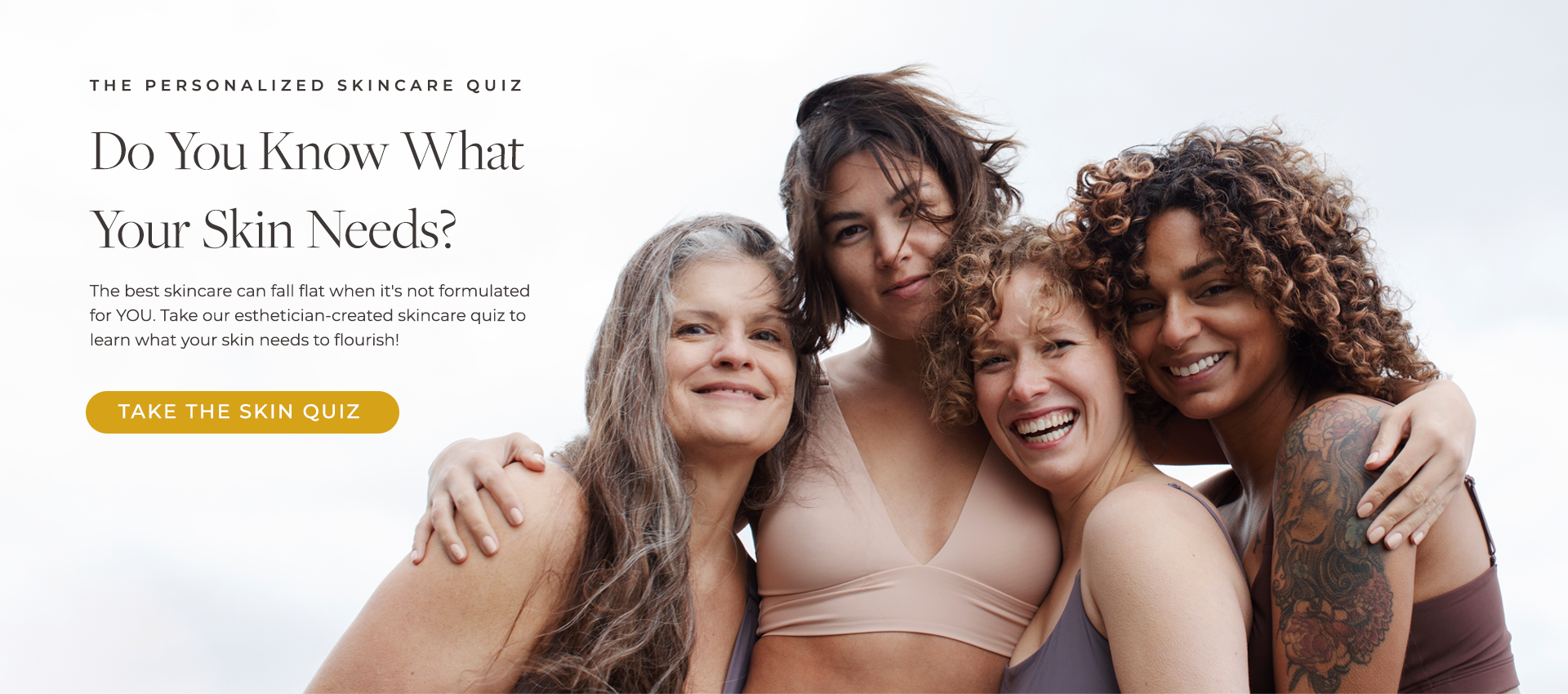SKINCARE
WITH
ETHICS
GUARANTEED FRESH
ORGANIC & TRACEABLE
CLEAN & NATURAL
ECO-FRIENDLY
CRUELTY-FREE
Best Sellers
Natural & Effective
As Seen In





Don't just take our word
discover what people are saying
"The quality is really apparent and it’s unlike any other brand of skincare I’ve tried. My skin has never been so clear and glowing."
"Best Hydrosol! I love this toner! My mom calls it "Wonder Woman Spray." 10 out of 10 would recommend."
"..so thankful for this line for the time, care and knowledge that’s applied. Dominique was extremely helpful, she goes the extra mile in every way."
"LOVE this oil!! I've tried oils that cost over $100 and they can't hold a candle to this stuff … I swear by this brand and tell everyone to give it a try."
"LOVE!! I saw a noticeable difference in my skin after the first night of using this. My skin was glowy and it appeared more even!"
"Wonderful toner! This has really helped keep the pimples and congestion away! … So happy I found this company!"















